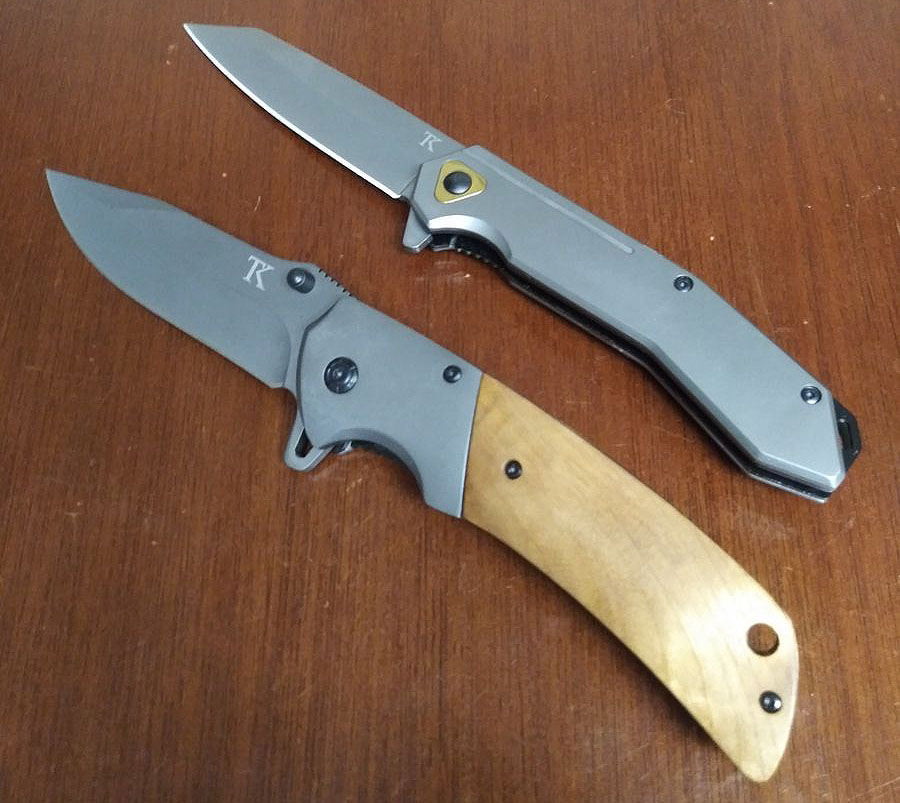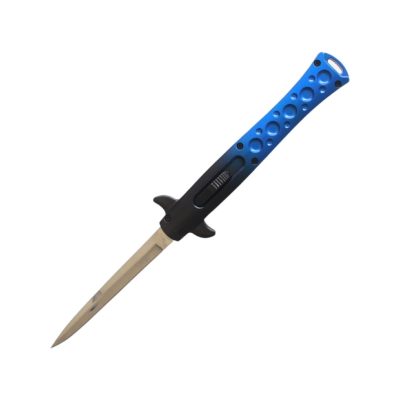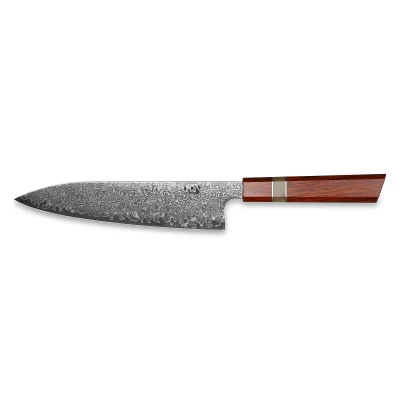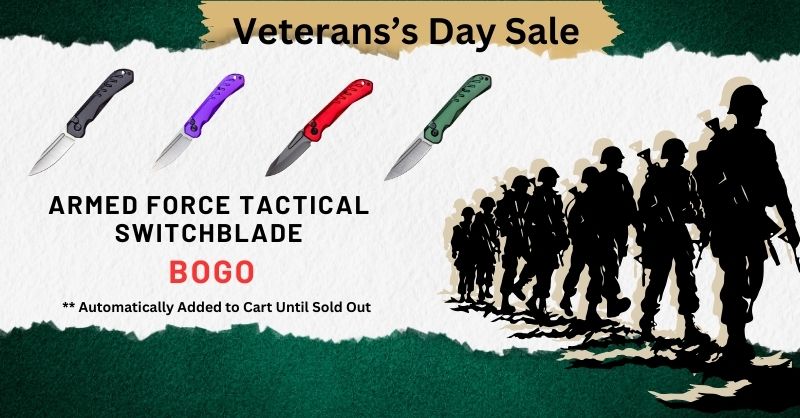No matter the context, whenever the matter of length comes up, people love to say in an insinuating and slightly ribald tone that, “Size matters, you know.” Yes, yes, we all get the pun, and it applies when discussing the length of knife blades: Size really does matter, although not necessarily in the way the somewhat lewd joke might have you think. Both small and large blades can hinder a user if used in certain circumstances or wielded for unfit purposes. What’s more, the size of a blade can even land you in trouble with the authorities. So if both little two-inch blades and giant eight-inch ones have their place, what guidelines should you employ in choosing one? In this article, we’ll offer a number of principles that ought to help you make your selection.
Determine How You Plan to Use Your Knife
This first point is by far the most important one to keep in mind when you’re trying to decide on a size for a new knife. Different knife sizes generally correspond to different sorts of tasks. Let’s use our two extreme examples above as, well, examples!
Suppose you were trying to decide whether or not to buy our keychain mini OTF, an itty-bitty, canister-shaped knife with a tiny 1.70-inch blade. This sort of knife wouldn’t do you much good if you needed to defend yourself against a drug-addled mugger or if you had to survive in the wilderness without any additional tools. However, this handy implement is great for everyday tasks such as sharpening a pencil, opening boxes or packaging, and (in a pinch) peeling fruit or slicing a sandwich in half. You wouldn’t want to attempt any of those things while holding something that looks like a small sword.
Speaking of which, let’s consider a much larger blade, a kind of foldable machete with a wicked curve, a hefty weight, and a large length. (Believe it or not, such things actually exist.) This knife would do a great job at frightening away a would-be thief or clearing out a scrubby, overgrown piece of property. In a pinch, you might even be able to use it to split small logs or chop down a modest tree, although any knife’s inherent design makes it less ideal in such situations than an ax. But any sort of delicate cutting work? Forget about it.
Most blades fall between these two extremes, and any selection involves tradeoffs. Generally speaking, the more that you need brute force and power, the more you’ll want a longer blade. The more that you require dexterity and fine detail, the more you’ll need a shorter blade. Note that blade length is only one part of the equation here. Other elements such as blade shape, type of blade tip, and blade thickness will also matter.
Decide How You'll Carry Your Knife
Conveying a knife from Point A to Point B is a key factor deciding how long of a blade to get. Remember that a folding knife must necessarily have a handle longer than the blade in order to safely house it. Decades ago, sartorial preferences might’ve allowed one to wear voluminous cargo pants with enough pockets to hold just about any edged implement. Today, though, “pocketable” indicates something much more modest in size, so if you want to carry a folding knife as an EDC, it’ll need to have a shorter blade.
However, many tasks don’t lend themselves to a pocket-bound folding knife. Camping. Gardening. Farm work. Self-defense. These activities and more greatly benefit from having a blade immediately at hand. Having a holstered blade on one’s belt is a perfectly acceptable option in these contexts, and holsters allow for much larger knives. Before making a purchase, ensure that it meshes with how you plan to carry your knife.
Make Comfort a Priority
According to Healthline, the average male hand is roughly seven-and-a-half inches long and three-and-a-half inches wide. (Female hands typically measure just under seven inches in length and just over three inches in width.) Such statistics are more than just trivia, particularly when one is considering a knife purchase. Since blade length determines a folding knife’s overall size, you’ll need to determine if your desired knife will rest comfortably in your hand. Admittedly, a lot goes into knife comfort other than size, such as handle ergonomics, texturing, and choice of material. But size can greatly impact one’s experience with a particular knife, both when dealing with overly large and overly small knives. Tiny examples can lead to clumsy cuts in huge hands, while petite digits can struggle to effectively use larger blades. Professionals have provided technical expertise as to what makes a knife feel good in the hand, but let’s keep things simple: Getting your mitts on a knife is an ideal way to tell if its size will work for you.
Figure Out What's Legal in Your Area
This is a big one. As we’ve mentioned in other articles, knife laws in the United States are a bit of a mess. Federal regulations are narrow in scope, and each state has different definitions of what it’ll allow and what’s illegal. In fact, so do various municipalities, which may have entirely different restrictions than the states in which they’re located. While we are not attorneys and cannot provide legal advice, we do think that you should keep a few general guidelines in mind when considering the legality of different blade lengths.
First, know the laws of more than just your state. It’s true that only a handful of states regulate knife length, some of which include California, Hawaii, Illinois, and Massachusetts. However, don’t forget laws passed by municipalities and cities. What’s perfectly acceptable statewide may be flagrantly illegal on a local level.
Second, know what kind of blade deployment method you want to use. Not only do jurisdictions have varying rules about blade length, they may alter them if a knife opens in a certain way. Federally speaking, almost all kinds of knives are legal, including OTFs and other types of spring-assisted knives (e.g., fast-opening knives with thumb studs or holes). That doesn’t hold true everywhere, though, with areas having different blade-length laws for automatic knives. Typically, manually opened knives are allowed to have longer blades than automatic ones.
Third, know how you plan to use your knife. If you plan to keep it at home or trek into the wilderness with it for some primitive camping, you have little to worry about. If you plan to carry it in crowded metropolitan areas or use it for self-defense, you do, and you should ensure that you’re following the law with your selection.
Consider Your Preferred Aesthetic
Our final point is admittedly subjective. People like different things, and a blade that one considers glorious may very well draw sneers from another. All things being equal, don’t forget to take aesthetics into account when picking a knife with a specific blade length. You may find a certain kind of blade eminently practical and totally effective, but if you hate the way it looks, then it’ll impact your enjoyment.
TacKnives sells folding knives with a wide variety of blade lengths, shapes, and finishes. Click here for our offerings.
Browse Our Folding Pocket Knives
-
Rated 4.88 out of 5$29.99 Select options This product has multiple variants. The options may be chosen on the product page








